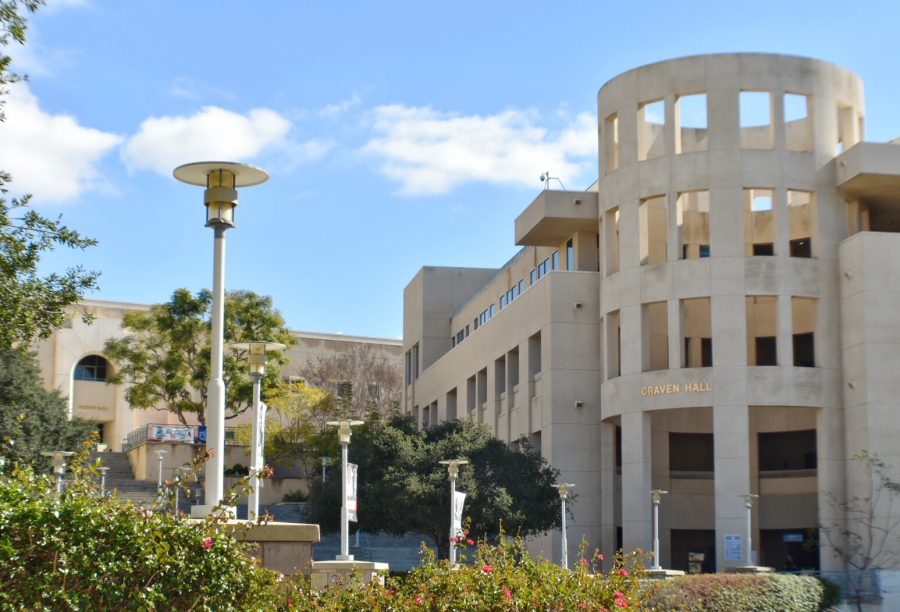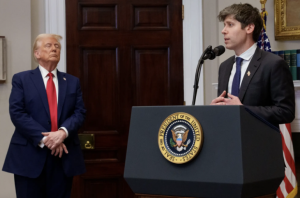CSUSM and a tuition increase
What a tuition increase means for students
February 24, 2017
The recession of 2008 impacted the amount of financial support that the California State University System (CSU) receives from the state budget.
State funding to CSUSM began to drop in academic year 2008-09 going from $67.2 million to $53.5 million in 2009-10 academic year. It was not until 2015-16 academic year that state funding support finally return to pre-recession support.
In comparison, as state funds began to drop student fee revenue increases. This trend began in academic year 2011-12 when student fees were $3.2 million dollars more than the state allocation of $51.8 million. It was not until the 2015-16 academic year that CSUSM’s budget had a state allocation of $69.7 million, indicating a return to pre-recession terms of state support through student support was $72.2 million.
Student fee revenue increased due to increased enrollment, and implementation of fees like the Academic Excellence and Student Success Fee that began in 2013-14. The purpose for these fees is to generate revenue that the universities could not receive from state allocations.
While budgeting for the 2017-18 academic year, the CSU requested an increased budget of $324.857 million from Gov. Jerry Brown’s state budget to be fully funded to support the expected growth in student numbers.
Brown is expected to allocate $157.2 million in additional state funding, leaving the CSU with a remaining $167.7 million of needed support.
To fund some of the remaining $167.7 million, the CSU Board of Trustees discussed and are considering a tuition increase of $270 per semester beginning in fall 2017. Tuition would then total $5,742 per academic year or $2,871 per semester.
The increase in tuition is in response to lack of state support of higher education, which has also impacted the UC system that has decided to move forward with a tuition increase beginning fall 2017.
“State investment in support of the CSU has moved from approximately 80 percent in the mid-1990s to closer to 50 percent by 2016-17, with the remaining revenue provided by tuition and fees,” said Chancellor Timothy White in a tuition increase proposal attached to a letter sent to California State Student Association President David Lopez and Chair Isabelle Franz.
White said the priorities of the CSU, even with reduced state support, are “increasing graduation rates, meeting increased enrollment demand, funding upkeep of CSU infrastructure and properly compensating faculty and staff.”
Within the CSU, students have attended Board of Trustee meetings to protest the tuition increase. At CSUSM there has yet to be any demonstrations.
As the official student voice on campus, ASI’s President Collin Bogie said, “ASI is not in support of the increase. The increase goes against student concerns of keeping higher education affordable, so though we have not taken any formal action on the increase we are not for it.”






